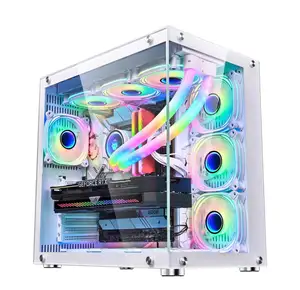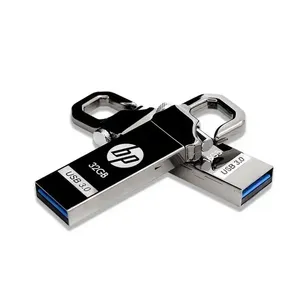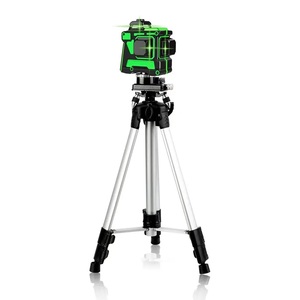Popular in your industry































































Related Searches:























































































 Ready to Ship
Ready to Ship



















































Top categories
About self leveling tripod
A self-leveling tripod is a versatile tool designed to provide stability and adjustability for various devices. The primary function of a self-leveling tripod is to maintain the device on top of it in a horizontal position. A self-leveling mechanism is integrated into the tripod, which automatically adjusts the legs to ensure the device is level. The self-leveling feature is especially useful in situations where the ground is not level, such as outdoor environments or construction sites.
Applications of a self-leveling tripod
In the construction industry, a self-leveling tripod is commonly used in surveying and leveling tasks. Surveyors use self-leveling tripods to mount instruments such as theodolites, total stations, and laser levels to ensure accurate measurements. The self-leveling feature allows surveying instruments to maintain a horizontal position, even on uneven terrain, enhancing the precision of the surveying process. Additionally, self-leveling tripods are utilized in photography and videography to stabilize cameras and capture smooth, level shots. For instance, a self-leveling camera tripod is an excellent tool for shooting videos or taking photos in outdoor settings where the ground may not be even. Furthermore, in the field of outdoor activities, a self-leveling camera mount provides stability for cameras or smartphones, allowing users to capture clear and level footage during activities such as hiking, camping, or sports.
Benefits of using a self-leveling tripod
A self-leveling tripod offers enhanced stability and balance, resulting in steady and accurate device positioning. The self-leveling mechanism ensures that the device remains horizontal even on uneven surfaces, minimizing the risk of tilting or shaking during operation. This stability is crucial in various applications such as photography, surveying, and outdoor activities. Additionally, the automatic leveling capability of self-leveling tripods simplifies the setup process, saving time and effort for users. The hands-free leveling feature eliminates the need for manual adjustments, allowing users to focus on their tasks without the hassle of constantly readjusting the tripod legs. Moreover, the versatility of self-leveling tripods makes them suitable for a wide range of devices, from cameras and surveying instruments to smartphones and other gadgets. This adaptability ensures that users can use the same tripod for multiple devices, adding to its convenience and practicality.
Components of a self-leveling tripod
A self-leveling tripod head is a crucial component that provides rotational and tilting capabilities for the mounted device. The self-leveling mechanism within the tripod head enables automatic adjustment of the device's orientation to maintain a level position. The legs of a self-leveling tripod are designed to be adjustable in length, allowing users to extend or retract them to achieve the desired height. Additionally, the tripod legs are equipped with locking mechanisms, such as quick-release levers or twist locks, to secure them in place once the desired height is reached. Some self-leveling tripods feature bubble levels, which are visual indicators that help users ensure the tripod is positioned correctly. These bubble levels can be found on the tripod head or legs and provide a visual reference to achieve a level setup. The feet of a self-leveling tripod are designed to provide stability on various surfaces. Rubberized or spiked feet offer traction on different terrains, while anti-slip pads help prevent unwanted movement during operation.


























































